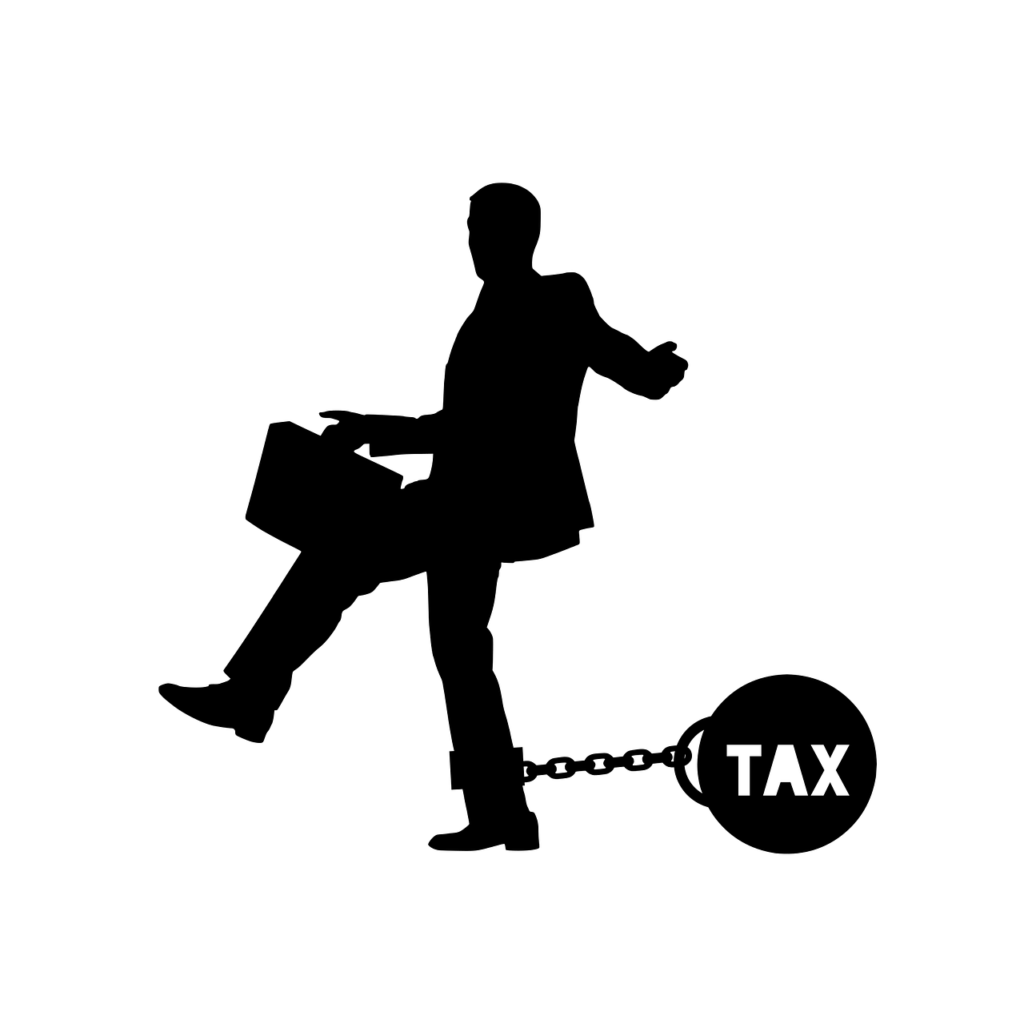You’ve made a purchase and realized it’s not exactly what you were looking for. No worries! We’re here to guide you on the best times to return items for a full refund. Whether it’s a trendy fashion piece or the latest gadget, timing can make a significant difference when it comes to getting your money back. From understanding store policies to taking advantage of special promotions, we’ll provide the inside scoop on how to maximize your chances of a successful return. So, if you’re curious about scoring a hassle-free refund, keep on reading!

1. Return Policies of Retailers
Return policies vary among retailers, but most offer a certain period of time during which you can return an item for a full refund. Understanding these return policies is essential to ensure a hassle-free return process. Let’s take a closer look at the different aspects of return policies.
1.1 Days Allowed for Full Refund
When it comes to returning items, the number of days allowed for a full refund can vary significantly. Some retailers offer a generous 30-day window, while others may provide as little as 14 days. It’s crucial to be aware of the specific timeframe as it determines how long you have to decide whether to keep or return a purchase.
1.2 Return Window for Electronics
Return policies for electronics often have stricter guidelines compared to other product categories. Retailers commonly impose a shorter return window for electronic items due to rapid technological advancements and the potential for misuse or damage. So, if you plan on returning electronic gadgets, make sure to check the return window and keep the original packaging intact.
1.3 Return Window for Clothing
Returning clothing items usually comes with its own set of guidelines. Many retailers allow customers to return unworn and unwashed clothing within a specific timeframe, typically ranging from 14 to 30 days. It’s important to note that some retailers may have stricter policies for intimates and swimwear, so be sure to read the fine print before making a purchase.
1.4 Return Window for Books and Media
Books and media products are often subject to unique return policies. While many retailers have a similar return window for these items, others may allow returns within 14 days only if the products are unopened and in their original packaging. So, if you’re considering returning books or media items, be sure to check the specific guidelines set by the retailer.
1.5 Return Window for Furniture and Appliances
Furniture and appliances usually have longer return windows compared to other items. Due to their size and complexity, retailers recognize that customers may need more time to evaluate their purchases. As a result, many retailers offer return windows ranging from 30 to 90 days. However, it’s essential to check if any special conditions apply, such as restocking fees or the requirement for items to be in their original condition.
2. Seasonal Return Periods
Seasonal return periods are additional factors to consider when planning a return. During certain times of the year, retailers may have special return policies in place to accommodate customers’ needs during busy shopping periods. Let’s explore some common seasonal return periods.
2.1 Holiday Return Policies
Holiday return policies are often more forgiving, taking into account the gifts that may need to be returned or exchanged. Many retailers extend their regular return windows during the holiday season, giving customers ample time to return unwanted items. However, it’s important to remember that these extended return periods usually have strict deadlines, so be sure to familiarize yourself with the specific dates.
2.2 Clearance Sale Return Policies
Clearance sales are known for their attractive discounts, but they often come with different return policies. Some retailers may designate clearance items as final sale, meaning they cannot be returned for a refund. Others may allow returns but with shorter return windows or store credit as the refund option. Always check the return policy for clearance items before making a purchase.
2.3 Back-to-School Return Policies
Back-to-school season is a popular time for purchasing supplies, clothing, and electronics for students. Many retailers understand that items purchased in anticipation of the new school year may need to be returned or exchanged. As a result, they often have special return policies during this period. Being knowledgeable about these policies can help make the return process smoother and more efficient.
2.4 Return Periods for Special Events and Promotions
Retailers occasionally host special events or promotions, such as sales tied to specific holidays or product launches. During these periods, return policies may be modified to meet the demands of increased sales. It’s crucial to familiarize yourself with any specific conditions associated with these events to avoid any surprises when returning items.
3. Timing Considerations
Aside from understanding the return policies and seasonal return periods, timing is another critical factor to consider when planning your return. Taking into account considerations such as peak hours, weekdays vs. weekends, return seasonality, and returning items as soon as possible can significantly impact the efficiency and success of your return process.
3.1 Return during Non-Peak Hours
When returning items, it’s often advantageous to visit the store during non-peak hours. This allows you to avoid long lines and ensures that the store staff can devote sufficient attention to your return. By choosing less busy times, you increase the likelihood of a fast and hassle-free return experience.
3.2 Weekday vs. Weekend Returns
Consider whether returning items on a weekday or a weekend would be more convenient for you. While weekdays generally have fewer crowds, some people find weekends more accessible due to work or other commitments. Assess your schedule and select a time that works best for you.
3.3 Consider Return Seasonality
Certain times of the year, such as holiday seasons or special events, can significantly affect the volume of returns in stores. Taking this into account, you may want to consider returning items during less busy periods to minimize wait times and potential complications.
3.4 Returning Items ASAP
Returning items as soon as possible is advisable, especially when there is a time limit for the return window. By addressing the return promptly, you avoid any potential issues that may arise if the deadline is missed. Plus, the sooner you return the item, the faster you’ll receive your refund or be able to exchange it for something else.
4. Avoiding Restocking Fees
Restocking fees can be an unwelcome surprise when returning items. To minimize the chances of incurring these fees, there are several practices you can follow.
4.1 Return Items Unopened and Unused
One effective way to avoid restocking fees is to return items in their original condition. By keeping the product unopened and unused, you increase the likelihood of qualifying for a full refund. Make sure to check the return policy for any exceptions and keep in mind that some items, such as personal care products, may not be returnable if opened.
4.2 Keep Original Packaging Intact
Keeping the original packaging intact is another crucial step in avoiding restocking fees. Some retailers require the original packaging to be returned along with the item, as it helps ensure the integrity and resale value of the product. By taking care of the packaging, you enhance your chances of a smooth return process.
4.3 Check Retailer’s Restocking Fee Policy
Before making a purchase, thoroughly review the retailer’s restocking fee policy. While some retailers may not have restocking fees, others may charge a percentage of the item’s value. Understanding these policies enables you to make informed decisions and choose retailers with more favorable return conditions.
4.4 Consider Online Purchases
When it comes to online purchases, return policies can vary. Some online retailers offer free returns, while others may require you to cover the return shipping costs. Reading customer reviews, checking return policies, and ensuring that return shipping labels are provided can help streamline the return process and minimize any potential restocking fees.
5. Manufacturer’s Warranty
Alongside the retailer’s return policy, understanding the manufacturer’s warranty is essential when returning items. Let’s delve into the key aspects of a manufacturer’s warranty.
5.1 Understanding Manufacturer’s Warranty
A manufacturer’s warranty provides assurance that a product will function as intended within a specified period. It typically covers defects in materials or workmanship, but may not apply to accidental damage or normal wear and tear. Familiarize yourself with the terms and conditions of the manufacturer’s warranty to understand what situations are eligible for repair or replacement.
5.2 Return Period and Conditions
The return period for a manufacturer’s warranty can vary, with some warranties lasting only a few months, while others extend to several years. Additionally, the conditions for returning an item under warranty, such as providing proof of purchase or following specific instructions, may vary by manufacturer. Being well-informed about these factors allows you to navigate the warranty process effectively.
5.3 Dealing with Repairs and Replacements
When returning an item under a manufacturer’s warranty, the process typically involves contacting the manufacturer or a designated service center. They may offer repairs, replacements, or refunds, depending on the situation. It’s essential to follow the instructions provided by the manufacturer to ensure a smooth and successful resolution.
6. Common Mistakes when Returning Items
Returning items can be straightforward, but it’s important to avoid common mistakes that could lead to complications or denied returns. Let’s explore some of these pitfalls.
6.1 Forgetting to Bring Proof of Purchase
One common mistake when returning an item is forgetting to bring the proof of purchase. Retailers usually require a receipt, order confirmation, or credit card statement as evidence of the purchase. Failing to provide this documentation may result in the denial of the return or difficulty in processing it. Always double-check that you have the necessary proof of purchase before heading to the store.
6.2 Missing Return Deadlines
Another mistake to avoid is missing the return deadlines. Return policies specify certain timeframes within which items can be returned for a full refund. If you miss these deadlines, you may only be eligible for store credit or an exchange instead of a refund. Set reminders or mark return dates on your calendar to ensure you don’t miss out on the return window.
6.3 Ignoring Return Policy Exceptions
Ignoring return policy exceptions is a pitfall that can lead to frustration and disappointment. Some products have specific conditions or restrictions when it comes to returns, such as software licenses, personalized items, or perishable goods. It’s essential to review the return policy exceptions and consider them before making a purchase.
6.4 Not Fully Inspecting the Item before Returning
Lastly, failing to fully inspect the item before returning it can result in complications. Thoroughly examine the product for any defects or damage, ensuring that it matches your expectations and matches the retailer’s return policy. By inspecting the item beforehand, you can avoid potential disputes and ensure a smooth return process.
In conclusion, understanding the return policies of retailers, considering seasonal return periods, timing your returns strategically, avoiding restocking fees, familiarizing yourself with the manufacturer’s warranty, and avoiding common mistakes are all crucial elements in maximizing the chances of a successful return and obtaining a full refund. By following these guidelines, you can navigate the return process with ease and ensure a satisfactory outcome. Happy returning!



